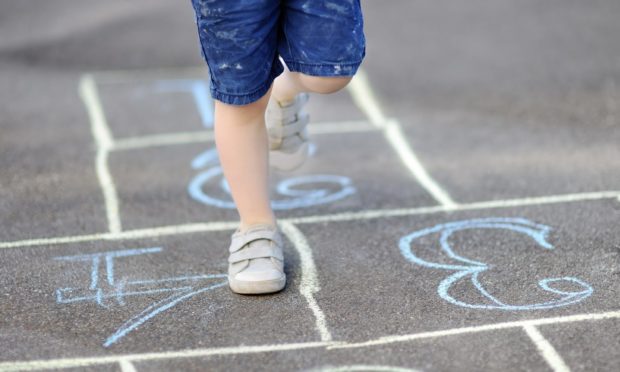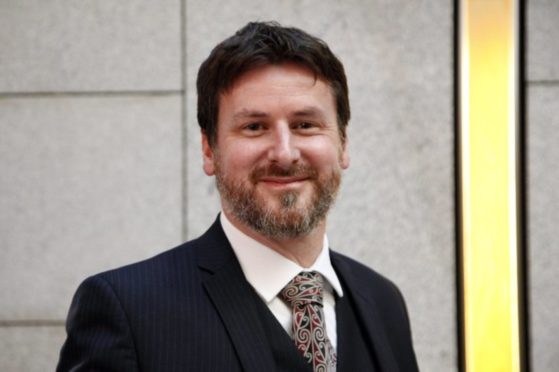Ground-breaking international legislation which will transform the rights of children is set to be incorporated into Scottish law today.
The United Nations Convention on the Rights of the Child (UNCRC) will hold the government to account and influence policy to protect children.
The convention, adopted in 1989, ensures the government supports children and families in their right to education, housing and safety.
MSPs will debate on stage three of the bill which, if passed, will mean public authorities are bound by law to uphold these rights.
What is it?
Scotland could become the first UK nation to directly incorporate the UNCRC into domestic law.
If it is enshrined in Scots law, children’s rights will be at the heart of Scottish decision-making when new laws and policies are created.
Politicians will be held to account on important matters such as poverty and inequality and must consider international law each time.
It will strengthen the rights of children in several ways, but importantly, they and their representatives will have the power to take the state to court if they believe their rights are being infringed upon.
By signing up, Scotland will follow the likes of Sweden, Norway and Belgium in promising to protect and promote children’s rights in all aspects of their lives, including:
- Education
- Freedom from violence, abuse and neglect
- Be listened to and taken seriously
- A proper house, food and clothing
- Relax and play
Bruce Adamson, children and young people’s commissioner, has been a strong advocate of the convention and has urged the Scottish Government to throw its support behind it.
The key principle, he says, is that it offers families wider support from the government.
And while it aims to support all children, the UNCRC will be a lifeline for disadvantaged young people.
Education
The coronavirus pandemic has highlighted the struggles of many young people in Scotland as schools closed.
Moving forward, it could influence the way leaders assess issues such as digital poverty or the attainment gap in an effort to provide all children with the best possible chance.
Ahead of the debate, Deputy First Minister John Swinney has said the bill could “revolutionise” the way children are supported.
He said: “By directly incorporating the UNCRC into Scots law, and to the maximum extent possible under the current powers of the Parliament, we will build children’s rights into the fabric of decision making in Scotland.
“It will mean children and young people are involved in the decisions that affect their lives and that children’s rights are always respected, protected and fulfilled by public authorities. Where necessary, children will be able to go to courts to enforce their rights.
“This bill is a significant step towards a future based on tolerance, equality, shared values and respect for the worth and human dignity of all people.”
Support for families
The UNCRC states that every child should have the right to social security and an “adequate standard of living”.
The Scottish Government would have to consider these key points when considering annual budgets or new policies affecting children.
It could firm up support for families who are living on the breadline and are in need of financial aid or housing support.
Harm prevention
The convention introduces considerations for care experienced young people by giving children a voice in their future.
Children unable to live with their immediate family, for example, must be given special assistance and protection from the state to ensure they have alternative care that is continuous and respectful of their culture, language and religion.
Welfare is also a key principle as it asks governments to protect children from violence, abuse and neglect from their parents or anyone else who looks after them.
It could also play an interesting role in social care as it protects children’s rights to not be separated from their parents against their will unless it is in their best interests and ensures children from separated families have the right to remain in contact with both parents, unless it could cause them harm.

